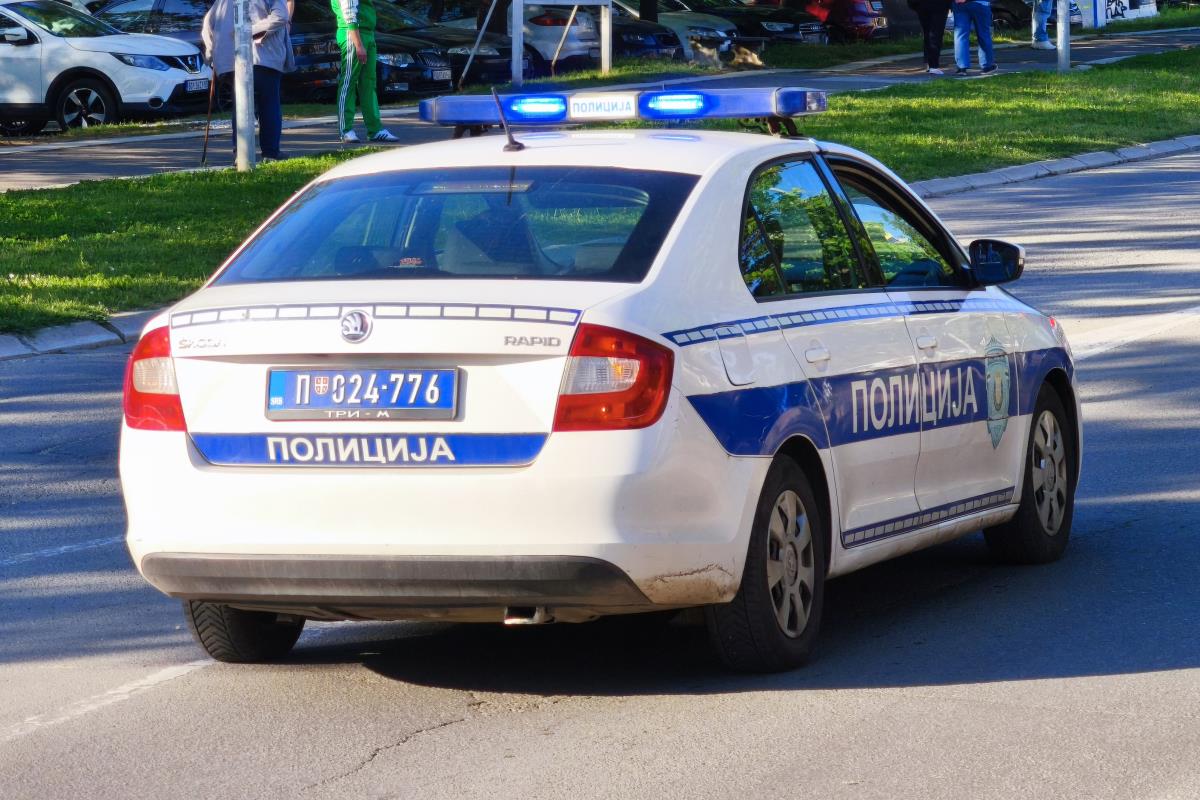The Israel-Iran conflicts are escalating through a series of airstrikes and missile attacks. Israel has targeted Iranian military and nuclear sites, while Iran has responded with ballistic missiles and drones. The clashes have resulted in casualties among civilians and military personnel on both sides. Political tensions remain high, with Israeli Prime Minister Netanyahu rejecting de-escalation until Iran halts its nuclear weapons development. International actors, including the US and EU, call for diplomacy and peace, but the situation remains tense. Israeli strikes focus on the Iranian Quds forces, while Iran continues missile attacks on Israeli cities. The conflict has regional and global implications, including a humanitarian crisis in the Gaza Strip.
Political Perspectives:
Left: Left-leaning sources emphasize the humanitarian impact of the conflict, highlighting civilian casualties and the suffering of people in Gaza. They often criticize Israeli military actions as disproportionate and call for immediate ceasefire and humanitarian aid access. The role of Iran is sometimes contextualized within regional power dynamics and resistance to Israeli policies.
Center: Centrist sources focus on the factual reporting of military actions and political statements from both sides. They present the conflict as a complex geopolitical issue involving security concerns of Israel and Iran’s nuclear ambitions. They highlight international diplomatic efforts and calls for de-escalation without taking a strong stance on either side.
Right: Right-leaning sources emphasize Israel’s right to self-defense against Iranian aggression and terrorism. They highlight Iranian attacks on Israeli civilians and military targets, portraying Iran as the aggressor. They support strong military responses by Israel and often criticize Iran’s nuclear program and regional destabilization efforts.



















